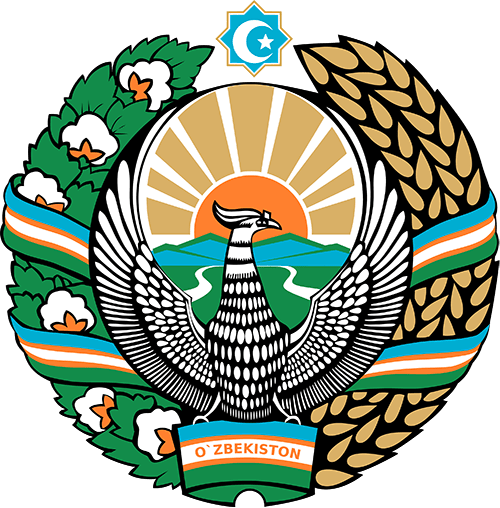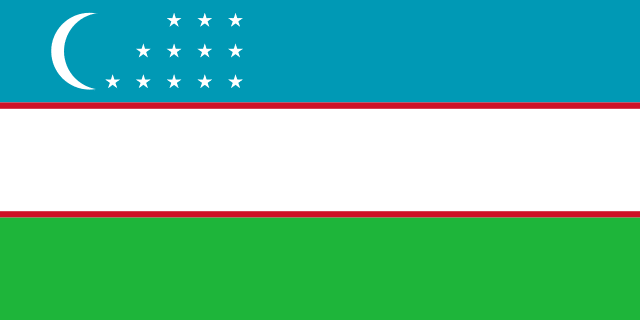TashPMI is the only pediatric medical Institute in Central Asia, which was established in 1972 under the name of the Central Asian pediatric medical Institute . The official opening of the Institute took place on September 7, 1972, under the name of the Central Asian pediatric medical Institute – SAMPI. The main objective of the Institute was to train highly qualified doctors and pediatricians for Central Asian republics and southern Kazakhstan. This was due to the large number of children in the Central Asian republics, the absence of pediatricians in the region, the high incidence and mortality rate among children and the absence of advanced pediatricians. The rector of the Institute was appointed Deputy Minister of health of Uzbekistan, doctor of medical Sciences, Professor, head of the Department of infectious diseases TASHMI V. M.Majidov. Later he was appointed Vice-rector for educational Affairs, doctor of medical Sciences, Professor S.A. Dolimov, Vice-rector for scientific work, doctor of medical Sciences, prof. M. A. Kamalov, Deputy rector for economic Affairs, Professor, senior lecturer Professor S.S. Rumi and Professor, doctor of medical Sciences, F. H. Nazarmuhamedov was appointed Dean of the medical faculty. Before the opening of the Institute, very hard preparatory work was carried out. The main tasks which have to be realized shortly before the beginning of academic year were defined: granting 40 faculties by professors, teachers, the educational equipment and educational bases, creation of new library, the organization of economic activity of Institute, pediatric faculties of the Tashkent and Andijan medical institutes, moving of students of 2-6 courses and granting of hostels to them, reception of students in the first year, and from September 1 the organization of training on 1-6 courses. It should be noted that the new team of the new Institute carried out a lot of public work during the summer holidays for two months, the main tasks were fulfilled and training began in September 1972. The team of the new Institute began training in 6 courses at the same time and successfully passed through the difficult tests. Within the framework of the organization 18 theoretical departments, 6 lecture departments and rectorate, 22 clinical departments in Tashkent and Tashkent region were created. At that time, TASHMI and Its departments were provided with material assistance – educational equipment, furniture, books, etc. In 1972-1973 academic year, 703 students were admitted to the first year, the Institute received 3,170 students representing 32 nationalities. Enrolled 60 students from Tajikistan, Kyrgyzstan and Turkmenistan, 60 from Uzbekistan and other parts of the former Soviet Union. At the end of this academic year, 449 students successfully graduated from the Institute.
The next school year the number of students has reached 800, and a few years later it reached 1,000. Every year, about 50 students from Turkmenistan, Kyrgyzstan, Tajikistan and southern Kazakhstan and about 600 students were enrolled from the regions of the Republic of Uzbekistan. The Institute remained under the patronage of the former USSR Ministry of health until 1988, and then was transferred to the Ministry of health of Uzbekistan. Since April 28, 1989 Central Asian medical pediatric Institute has been renamed into Tashkent pediatric medical Institute by order of the Ministry of health of the Republic of Uzbekistan № 357. From 1990 to 1991 in Nukus opened a branch of the Institute, and the Director of the branch was appointed Professor of biochemistry Institute J. M. Mamutov. Currently, the branch Manager is O. A. Ataniyazova. Over the past period, TashPMI has trained about 30,000 paediatricians, pediatric surgeons and infectious disease specialists of whom 1,065 graduates graduated with honors. In connection with the increase in the number of students, buildings, educational buildings, clinical bases, dormitories were expanded: in 1976-1978, 5 dormitories with 1860 beds were commissioned , in 1976, a new modern morphological building appeared on the territory of the Institute, in 1981, an educational and medical building – SAMPI school, a new children’s clinic in 1985 and a 4-storey educational and administrative building in 1990. Since 1977, a special training course has been opened to prepare students for admission to the Institute. Later, this course was transferred to the faculty of training Khakimov Was the first Dean, then head of the Department was prof. If in 1974 – 1975, TashPMI more than 3.5 thousands of students taught: 19 professors, 54 associate professors ,178 assistants( of these, 103 candidates of Sciences), in 2000 – 2001 years of 349 teachers who taught 2514 students, 46 are doctors of Sciences, 138 candidates of Sciences. By 2012, out of 522 teaching staff, teaching about 3,000 students, 63 doctors of Sciences, and 218 candidates of Sciences.
After Uzbekistan gained independence, was launched major reforms in the field of medical education, as in other areas, has developed a new national curriculum and, according to this curriculum, the medical school was created on 2 level training of General practitioners and masters (bachelor and master). Currently in medical schools in particular, in TashPMI is defined as 6 years of training for becoming a General practitioner. Beginning with the 2000-2001 academic year, the Tashkent pediatric medical Institute began the training of masters for the following specialties:
M 720201 Pediatrician – duration of training 3 years
M 720201 Anesthesiologist-resuscitator-3 years
M 720123 Family doctor-3 years
By 2012, the number of specialties for the master’s degree reached 25.
In accordance with the ongoing reforms in the country in the field of education in accordance with the requirements of the market economy to create high-quality personnel, special attention is paid to the training of qualified pediatricians. Over the years of independence, the number of medical institutions has increased. Before Independence, their number reached three in our country, and now 9 with three branches. The effectiveness and quality of the educational process has always been the focus of attention of the Institute since its inception.



